(sustainable fashion, sustainable fashion habits, sustainable fashion brands, sustainable fashion companies, eco-fashion, ethical clothing)
Introduction
In a world where our choices matter more than ever, sustainable Fashion habits emerges as a beacon of hope, transforming how we view and interact with our clothes by prioritizing purposeful choices over senseless consumption—a change that welcomes us into an era of style fused responsibly with ingenuity. Sustainable Fashion tells tales of conscious creation using ethical sourcing methods that reflect your values—showing you care about preserving nature while uplifting communities globally.
“Silent Spring” by Rachel Carson made waves with its groundbreaking exposé on pollution’s damaging effects on ecosystems and human health since its 1962 publication. It sparked a movement towards more environmentally conscious practices that pervaded various industries, including that Fashion. This game-changing work played an essential part in shaping what we call “sustainable fashion” today.
The definition of sustainable development in the UN’s Brundtland Report of 1987 complemented Carson’s message by emphasizing how meeting present needs must not compromise future generations’ ability to do so. This principle became a guiding force for sustainability efforts in various sectors, including the fashion industry.
During the 1990s, environmentally conscious brands like Patagonia and ESPRIT led the way by integrating eco-friendly practices into their businesses. They became pioneers in promoting ecological responsibility within the fashion industry. Their initiatives laid a solid foundation for eco-fashion, with support from notable deep ecologists and design theorists.
Thanks to Rachel Carson’s writings, the UN’s definition of sustainable development, alongside influential brands’ pioneering efforts in clothing production sustainability, became an all-encompassing answer to ecological problems within the fashion sector.
In essence, Sustainable Fashion portrays comprehensive solutions that minimize environmental effects and societal repercussions throughout the production cycle, starting from design to disposal. It encompasses practices emphasizing ethical consideration alongside an equitable social system and environmentally responsible steps. This overall objective is focused on establishing an economic cycle which is both effective & efficient in using resources and minimizes disposal in addition to prioritizing employee welfare and community well-being.

key aspects of sustainable Fashion Habits
1. Material Selection: Sustainable Fashion uses eco-friendly materials such as sustainably grown fibre crops or recycled materials. It aims to decrease the consumption of nonrenewable resources and minimize the utilization of hazardous chemicals in textile manufacturing. Some examples are organic cotton, hemp, bamboo, or recycled fabrics.
2. Ethical Production: Sustainable Fashion encourages fair and safe working conditions throughout the supply chain. It advocates for fair wages, workers’ rights, and transparency in sourcing and manufacturing processes and supports brands that prioritize ethical production practices is crucial.
3. Waste Reduction: Sustainable Fashion aims to minimize waste by promoting upcycling, recycling, and reducing textile waste in production. It encourages the use of innovative technologies and processes to extend the lifespan of garments and decrease their environmental footprint.
4. Slow Fashion and Conscious Consumption: It advocates for a shift away from fast Fashion and promotes the concept of slow Fashion, where consumers make thoughtful and mindful choices about their clothing purchases. Embracing quality over quantity, investing in timeless and durable pieces, and embracing secondhand or vintage clothing are all part of conscious consumption.
5. Collaboration and Innovation: Sustainable Fashion encourages collaboration among stakeholders, including designers, brands, manufacturers, policymakers, and consumers, to drive positive change. It promotes design, materials, and product innovation to develop sustainable alternatives within the fashion industry.
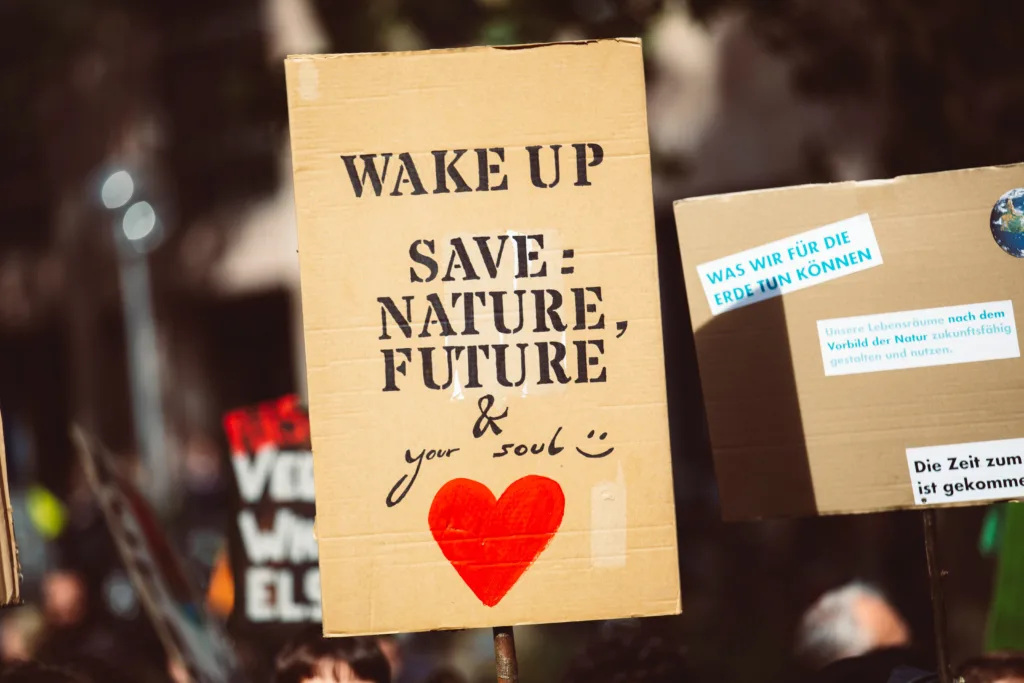
Your Role As A Consumer
Now comes the crucial question: what is our contribution to this? The answer is simple – acting as mindful consumers grants us the potential to effect positive change. Consumers must play their role responsibly to create a sustainable fashion world. By being conscious consumers, we can contribute to a better world. Our decisions and choices can bring about positive transformations and establish a future for the fashion industry and a more sustainable planet. So, let’s recognize our power as individuals and make mindful choices that align with our values and the well-being of our environment.
Here are 10 sustainable Fashion habits that you can embrace as a mindful consumer:
1) Research and Educate Yourself: Stay informed about the fashion industry’s environmental and social impact. Research and educate yourself about the environmental and social implications of the fashion industry. By staying updated and expanding your understanding, you can become an advocate for sustainable Fashion. Beware of greenwashing, and be cautious of brands using vague or false claims to appear eco-friendly. Look for detailed policies and actions supporting their claims rather than relying solely on buzzwords like ‘sustainable,’ ‘eco-friendly,’ ‘conscious,’ or ‘responsible.’ Sharing this knowledge with others can inspire a broader adoption of sustainable fashion practices.

2) Prioritize Quality over Quantity: One of the effective ways to promote sustainability in Fashion is by embracing a minimalist approach. Instead of purchasing trendy and cheaply-made clothing, focus on investing in high-quality clothes and accessories that will last longer and transcend seasonal trends.

3) Choose Sustainable fabrics: When making sustainable purchases, it’s essential to understand the impact of materials. Avoid virgin synthetics like polyester (which accounts for 55% of global clothing) derived from fossil fuels and slow to decompose. Not all natural materials are equal; organic cotton uses less water and avoids harmful pesticides. Consider opting for items made from sustainable materials such as organic cotton, hemp, linen, and Tencel. By doing so, you’re not only supporting crops which used fewer chemicals during growth but also promoting more eco-friendly manufacturing practices overall by supporting companies offering these alternatives instead of typical options available on the market. Look for certifications like Global Organic Textile Standard (cotton and wool), Leather Working Group (leather), and Forest Stewardship Council (viscose) to ensure a lower environmental impact on your clothing materials.
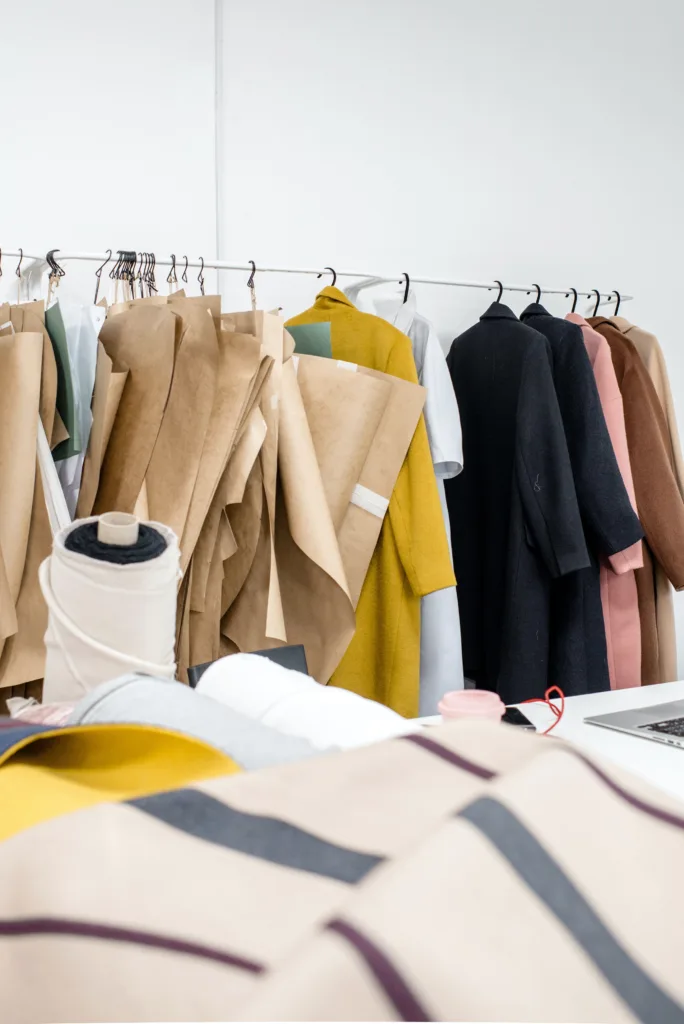
4) Embrace Pre-Loved Fashion: Embrace Secondhand and Vintage: Opt for secondhand and vintage clothing whenever possible. Buying secondhand reduces waste and supports a circular economy by extending the lifespan of clothing. Thrift stores, consignment shops, and online platforms offer a wide range of pre-loved garments that are still in excellent condition.
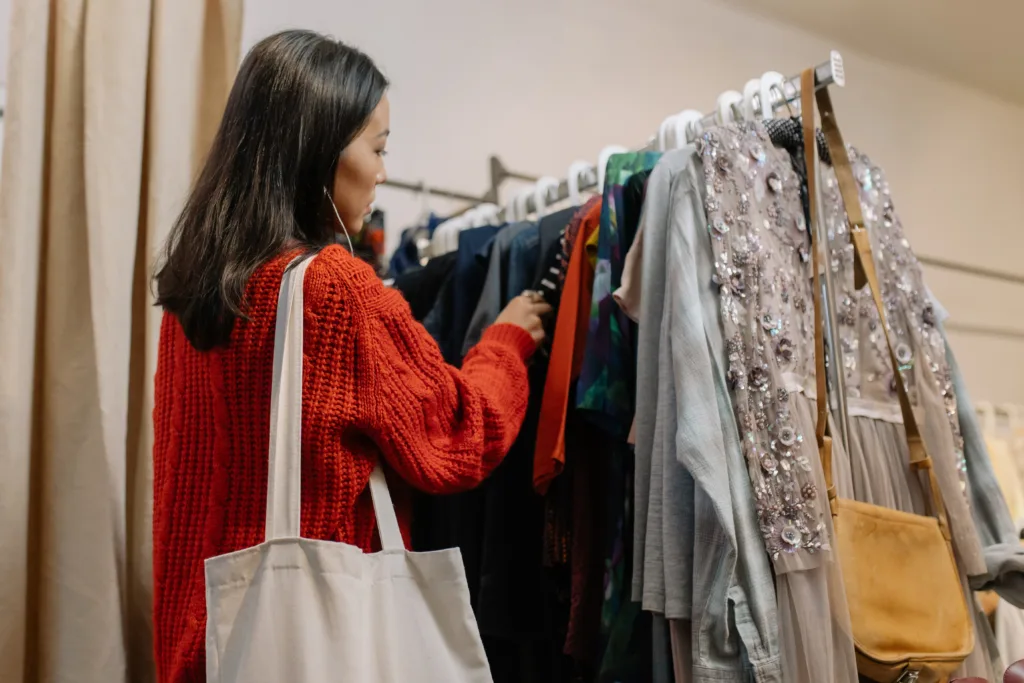
5) Rent or borrow clothes: When faced with an upcoming one-time event such as a prom or special occasion, consider renting or borrowing clothes instead of making new purchases. This approach reduces the need for fresh garments and promotes circular economy ideas. This approach reduces the demand for new clothes and promotes a circular economy.
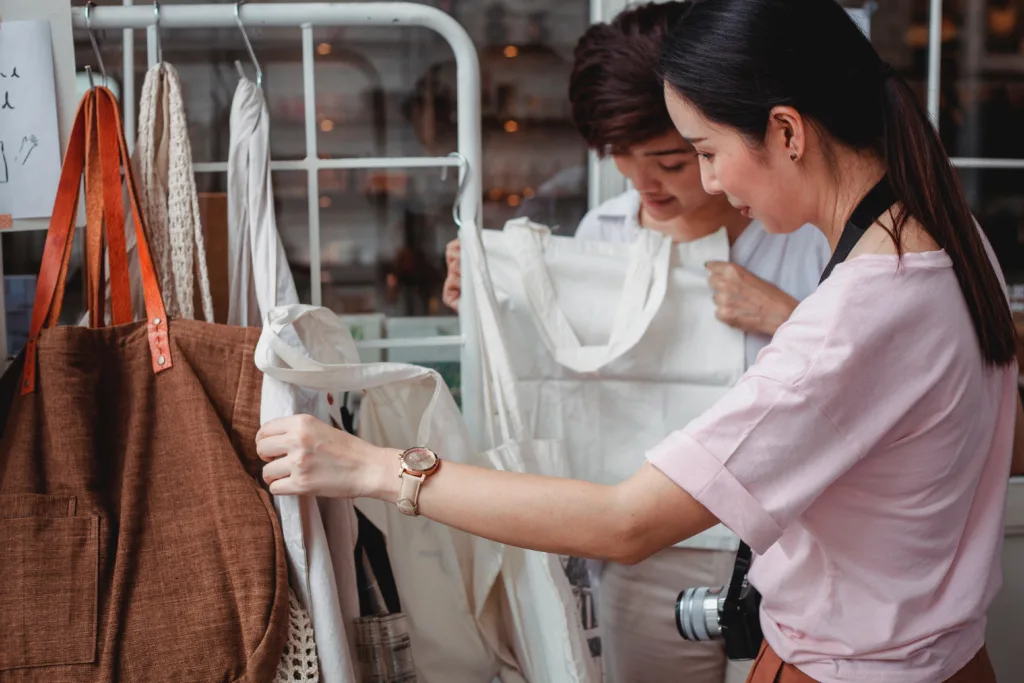
6) Support Ethical And Transparent Brands: Choose brands that prioritize fair labour practices, ensure safe working conditions, and provide fair wages to their employees. Look for certifications such as Fair Trade, Global Organic Textile Standard (GOTS), or B Corp to identify socially responsible companies. Look for fashion brands that prioritize fair labour practices, transparency, and sustainability initiatives, ensuring the welfare of garment workers and the environment.

7) Embrace Minimalism and Capsule Wardrobes: Create a versatile and functional wardrobe by curating a capsule collection of essential items that can be mixed and matched. This approach helps you avoid excessive consumption and makes it easier to choose outfits.
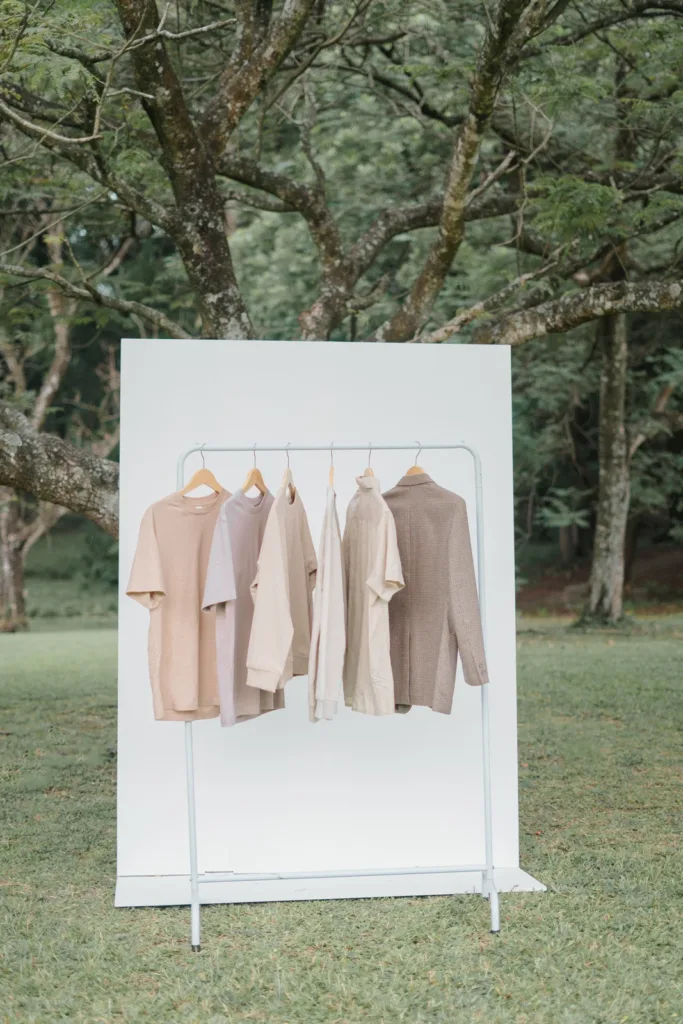
8) Extend the lifespan of your clothes: Take care of your garments by following proper washing instructions, repairing minor damages, and storing them correctly. This way, you can extend their lifespan and reduce the need for frequent replacements. Extend the lifespan of your clothes by adequately caring for them, following care instructions, and repairing any damages to minimize waste and maximize usage.

9) Recycle and Donate: When it’s time to part ways with clothing, consider recycling options. Many textile recycling programs exist that can repurpose old garments into new materials. Additionally, donate clothing in good condition to local charities or clothing drives, ensuring they reach someone in need.
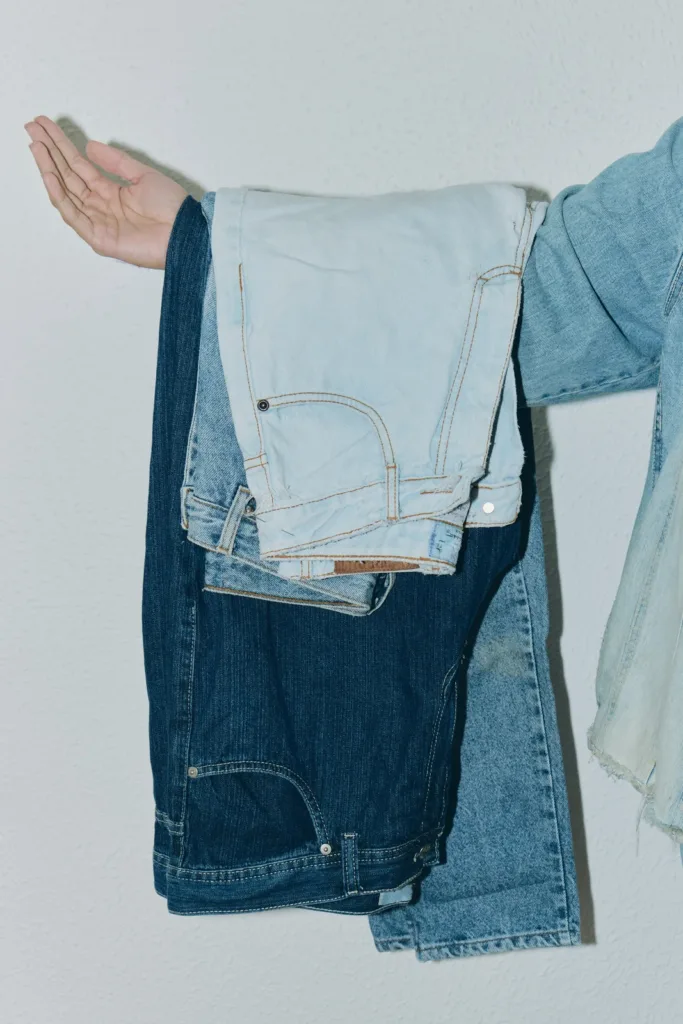
10) Be Mindful of Accessories: Extend sustainability to your accessories by being mindful of your choices. Opt for eco-friendly jewelry made from recycled metals or sustainable materials. Embrace handbags and shoes that are crafted from vegan or cruelty-free alternatives. Eco-friendly jewelry crafted from recycled metals reduces the need for new resource extraction, while sustainable materials offer a planet-friendly choice. Choosing vegan or cruelty-free options for handbags and shoes supports animal welfare and avoids using animal-derived materials. You contribute to a more sustainable and ethical fashion industry by selecting accessories that align with these principles. By making these conscious choices, you can enjoy stylish accessories while minimizing environmental impact and promoting ethical practices.
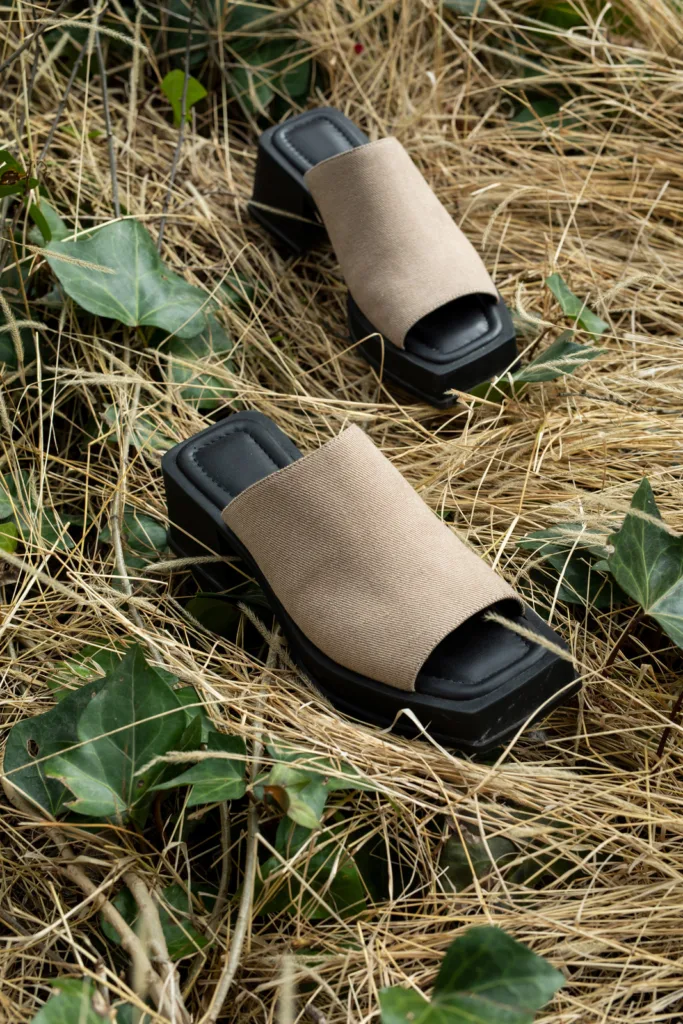
Conclusion
In its essence, sustainable Fashion revolves around conscious decision-making that shapes a responsible industry. Every action you take holds significance, as even small changes in consumption habits can positively impact the environment and contribute to a future of sustainable Fashion.
While sustainable Fashion is often perceived as expensive, affordable options are available. Thrift stores provide unique, budget-friendly, eco-friendly clothing choices while reducing waste. Furthermore, checking for sales and purchasing from ethical brands during promotions can lower costs. It’s important to remember that affordability plays a crucial role as we strive to mainstream sustainability in the fashion industry. Everyone should have access to environmentally conscious options. Together, we can forge a world where Fashion looks and feels good—our choices empower people and the planet. Let us unite and actively contribute to creating a more sustainable future. By making conscious choices, adopting sustainable practices, and supporting ethical initiatives, we can work towards a better world for current and future generations. Collectively, we possess the power to shape the fashion industry and establish a future characterized by sustainability and responsibility.


You can also read our article on Dopamine Dressing clicking here.
Frequently Asked Questions
What is Sustainability?
In 1987, the UN Brundtland Report defined sustainability as meeting current needs without jeopardizing the ability of future generations to do so. It involves making responsible choices considering environmental, social, and economic factors to ensure long-term viability and harmony with the natural world.
What is Sustainable Fashion?
Sustainable Fashion minimizes environmental and social impact by integrating eco-friendly practices and ethical considerations across clothing’s lifecycle. It promotes responsible design, production, consumption, and disposal for a more sustainable and equitable industry.
Why is sustainable Fashion important?
We must embrace sustainable approaches to combat the detrimental impact of Fashion on our environment and communities. Sustainable fashion endeavours to curb pollution levels while reducing resource consumption; it also seeks to promote labour rights and foster a circular economy built on ethical principles. Promoting such practices in our consumption habits as individuals or organizations can contribute to a brighter tomorrow.
What are the 5 Rs of Fashion?
The 5 Rs of Fashion are: Reduce, Rewear, Recycle, Repair, and Resell. These principles encourage minimizing waste and maximizing the lifespan of clothing by reducing consumption, reusing items, recycling materials, repairing garments, and reselling or donating them when no longer needed.
What are some sustainable fashion brands?
Some well-known Sustainable fashion brands are:
1. Patagonia – recycled materials, fair trade.
2. Everlane – transparency, fair wages.
3. Reformation – eco-friendly materials, transparency.
4. Eileen Fisher – timeless designs, organic materials.
5. Veja – ethical production, organic materials.
6. Stella McCartney – luxury brand, circularity.
Does H&M qualify as a sustainable fashion brand?
H&M is making sustainability efforts. They aim to achieve a twofold sales increase while cutting greenhouse gas emissions by 50% by 2030. Their unwavering commitment to customer satisfaction, investments, partnerships, and innovation drives sustainability across their operations. H&M’s Sustainability Report offers insights into its ongoing sustainability initiatives, showcasing progress in both financial and non-financial aspects. While H&M has introduced initiatives like garment recycling and using more sustainable materials, there are continuing debates about the overall sustainability of the brand. It is advisable to research and assess their sustainability efforts before judgment.
What are some sustainable materials used in Fashion?
Some sustainable materials commonly used in Fashion are organic cotton, hemp, linen, Tencel, recycled polyester, and upcycled fabrics. These materials are chosen for their minimal environmental impact, reduced resource consumption, and contribution to a more circular fashion industry.
Can sustainable Fashion be affordable?
While sustainable Fashion may sometimes have a higher price tag due to the cost of ethical practices and eco-friendly materials, affordable options are available. Secondhand shopping, thrifting, and supporting ethical and sustainable brands during sales or promotions can make sustainable Fashion more accessible and budget-friendly.

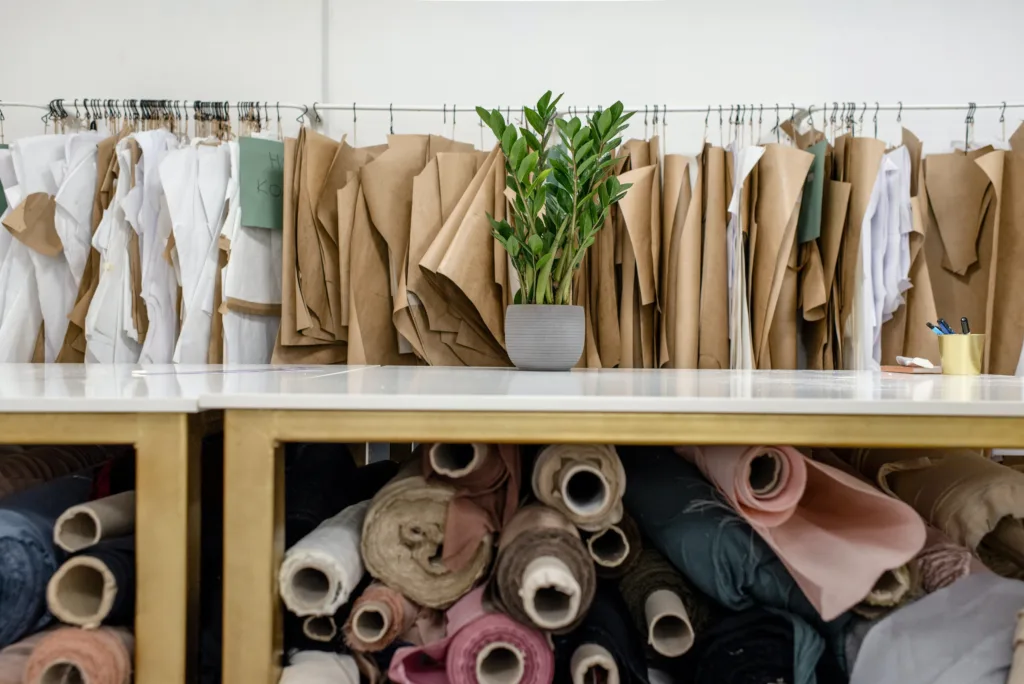



1 thought on “Mindful Fashion: 10 Sustainable Fashion Habits For Becoming A Responsible Consumer”